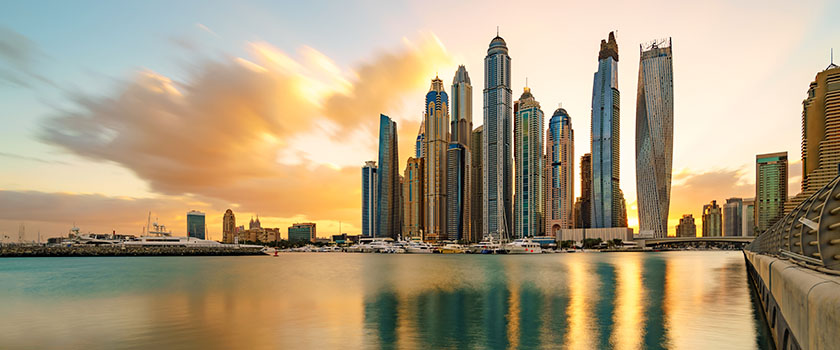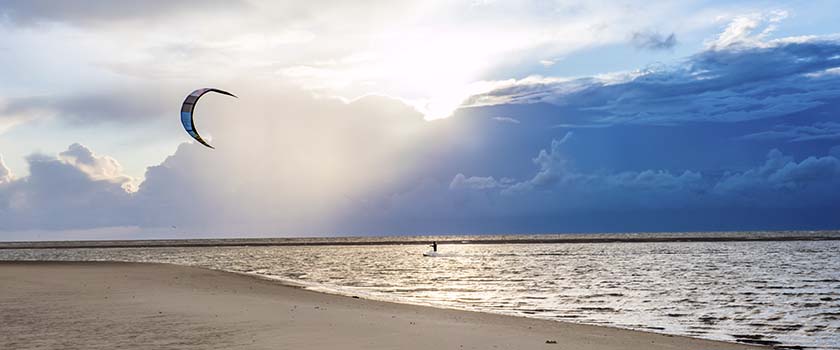As approximately two-thirds of today’s buildings will still exist in 2040, renovation programmes that reduce buildings’ power consumption and enable them to run on renewable energy are key for cutting emissions.
We spoke to Bruno Schmid about the energy concept behind the refurbishment of UBP’s Geneva offices on Rue d’Italie, which started in 2021.
Bruno Schmid leads an energy and environmental consultancy group active in Switzerland, Europe and India, consisting of SB Technique, EnerBat and EnerCity. His work is inspired by his vision of making the energy transition in the building sector a reality.
Why is energy efficiency in buildings crucial for sustainability?
The energy consumed in buildings is responsible for about 30% of the CO2 in the atmosphere. But buildings can run entirely on renewable energy: it’s just a matter of adapting our infrastructure and changing our habits.
What is the overall objective for the Rue d’Italie refurbishment?
UBP’s aim is to reduce the building’s energy consumption and carbon footprint, while lowering its operating costs and improving comfort for users. Broadly speaking, this requires us to change the building’s design and replace its ageing mechanical and electrical systems, such as its heating and cooling systems, as well as its energy supply.
Which were the major challenges posed by the existing building from an energy perspective?
Firstly, we had to find a way of improving the building’s thermal insulation to stop the high level of energy loss and provide better protection against sunlight.
However, we were not able to change the building’s architecture or appearance as it is a protected landmark. After some research, we opted for a highly innovative solution: an electrochromic glazed façade. Secondly, although the aim is to produce as much renewable energy as possible, there are a limited number of surfaces on which we can install solar panels. As for the process itself, because we’re working on a building that’s still being used, we have to limit noise and dust and ensure safety.
Why is the building’s thermal insulation a key priority of the refurbishment and how does the electrochromic glazed façade work?
The best way to save energy is to avoid using it in the first place. But minimising energy consumption requires good thermal insulation of the building envelope as well as good solar protection. The electrochromic glazed façade we opted for in the Italie building is an innovative solution that ticks both boxes.
The electrochromic coating of the glass features five ceramic layers. A very low-voltage electric current (less than 5V) causes a solid-state reaction, darkening the coating by causing a transfer of lithium ions and electrons from one electrochromic layer to another. The darker the tint, the more the glass absorbs and rejects unwanted sunlight and heat in summer.
When the polarity of the voltage is reversed, the ions and electrons return to their original layer and the glass becomes transparent again, allowing maximum use of the sun’s light and energy in winter. This happens automatically, although the system can also be controlled manually.
What about the heating and cooling system?
We’re capturing the maximum amount of renewable energy from the air by installing a reversible heat pump (capable of both heating and cooling), and from the sun by using high-temperature solar panels. The resulting hot water is used as the energy source for an absorption refrigerator, which provides cooling, and is also stored in the building’s former oil tank, which has been converted into a solar thermal storage unit. There’s a hygienic ventilation system ensuring 100% fresh air and maximum heat recovery. We’re also using radiant ceiling technology, which helps heat and cool the building even with the lower water temperatures during the winter and higher ones during the summer.
What other innovative features will the building have?
Low-energy buildings need to be supervised and monitored constantly to ensure that their systems are always working efficiently. To meet our targets in terms of optimal user comfort and low energy use, we’re installing a technical energy monitoring and management system designed by experts in this field.








